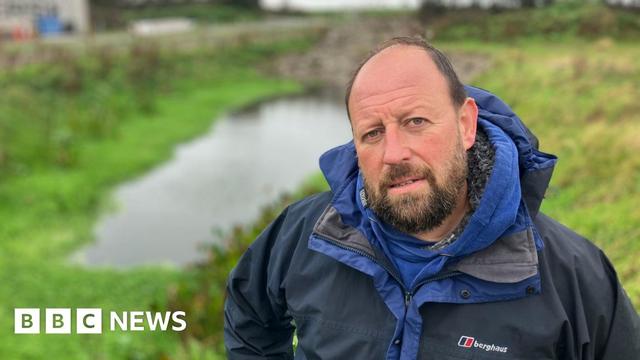[Academic Paywall] Can Smart #Technology and #TraditionalWisdom Craft Truly #Sustainable Built Environments?
Building and Environment
Volume 267, Part B, 1 January 2025, Christina Priavolou
"The built environment significantly impacts global resource consumption and energy usage, accounting for 40 % of annual utilisation. Within this substantial ecological footprint lies the potential for transformation towards sustainability. By channeling insights from traditional practices and synthesising them with academic research, this article presents an innovative approach aiming to create built environments that are both technologically smart and deeply rooted in local wisdom.
Built environment developments often result in structures that stand as isolated entities, disconnected from their surroundings. Instead of endorsing standalone structures, this article advocates for collective actions that respect local elements. At its core, it seeks to leverage the rich insights from traditional knowledge and combine them with academic scholarship, acknowledging the contribution of traditional wisdom in addressing local needs and identities. The primary focus is on exploring how structures within the built environment can be crafted to provide both smart and context-appropriate responses to the imperative of sustainability.
The advent of Industry 4.0 technologies like Building Information Modeling and laser scanning has revolutionised the construction industry by optimising material use, energy consumption and aligning construction processes with sustainable design principles. In response to the impending Industry 4.0 revolution and the advent of such digital technologies, it becomes increasingly evident that addressing environmental concerns requires more than just smart solutions . In that respect, it is acknowledged that the built environment is a complex interplay of aesthetics, technology, environmental considerations, and societal intricacies, necessitating a holistic, multidisciplinary approach to tackle such challenges comprehensively.
Drawing from historical architectural records and built environment planning doctrines, which emphasise the importance of creating meaningful, sustainable spaces in harmony with local contexts, this approach aims to bridge the gap between globalised patterns and traditional wisdom. The #vernacular field, coined by Illich, encapsulates the essence of local wisdom, needs, and identities. The growing interest in vernacular architecture underscores its significant environmental value and ability to foster diversity linked to local climate, landscape, materials, and way of life. Moreover, previous studies have shown that integrating traditional construction techniques can offer unique solutions to contemporary sustainability challenges. For instance, Hamard et al. demonstrated how natural building materials such as cob and straw, when combined with passive design strategies, can reduce building energy consumption by up to 50 % depending on climate conditions and design features. Similarly, Nguyen et al. highlighted the adaptability of vernacular architecture in response to local climate conditions, demonstrating its potential to improve energy efficiency by reducing heating and cooling loads by 30–60 %. Ozorhon and Ozorhon [10] have also stressed the importance of actively engaging local communities in preserving cultural heritage, which fosters community ownership and resilience, ultimately contributing to more sustainable and socially cohesive outcomes.
Ιn response to pressing global environmental challenges and events, such as climate change and the COVID-19 pandemic, this article seeks to trigger discussions for timely and holistic solutions to built environment challenges, reflecting local contexts while aligning with global sustainability goals. It seeks to enrich our understanding of how the integration of modern technology with traditional knowledge can lead to more sustainable, resilient, and community-focused built environments. This study delves into three key themes: holistic planning with traditional insights, the role of technology and multidisciplinary approaches, and the need for resilient and community-centric solutions.
Through two exploratory case studies in Greece, the article illustrates how applying these themes can create sustainable and contextually appropriate built environments while discussing the concept of convivial construction and its implications for fostering inclusive and sustainable built environments."
https://www.sciencedirect.com/science/article/abs/pii/S0360132324010473
#SolarPunkSunday #TraditionalTechnology #SolarPunk #sustainability #Vernacular #ClimateChangeAdaptation #BuildingForClimateChange #LookToThePast #BuildForTheFuture





